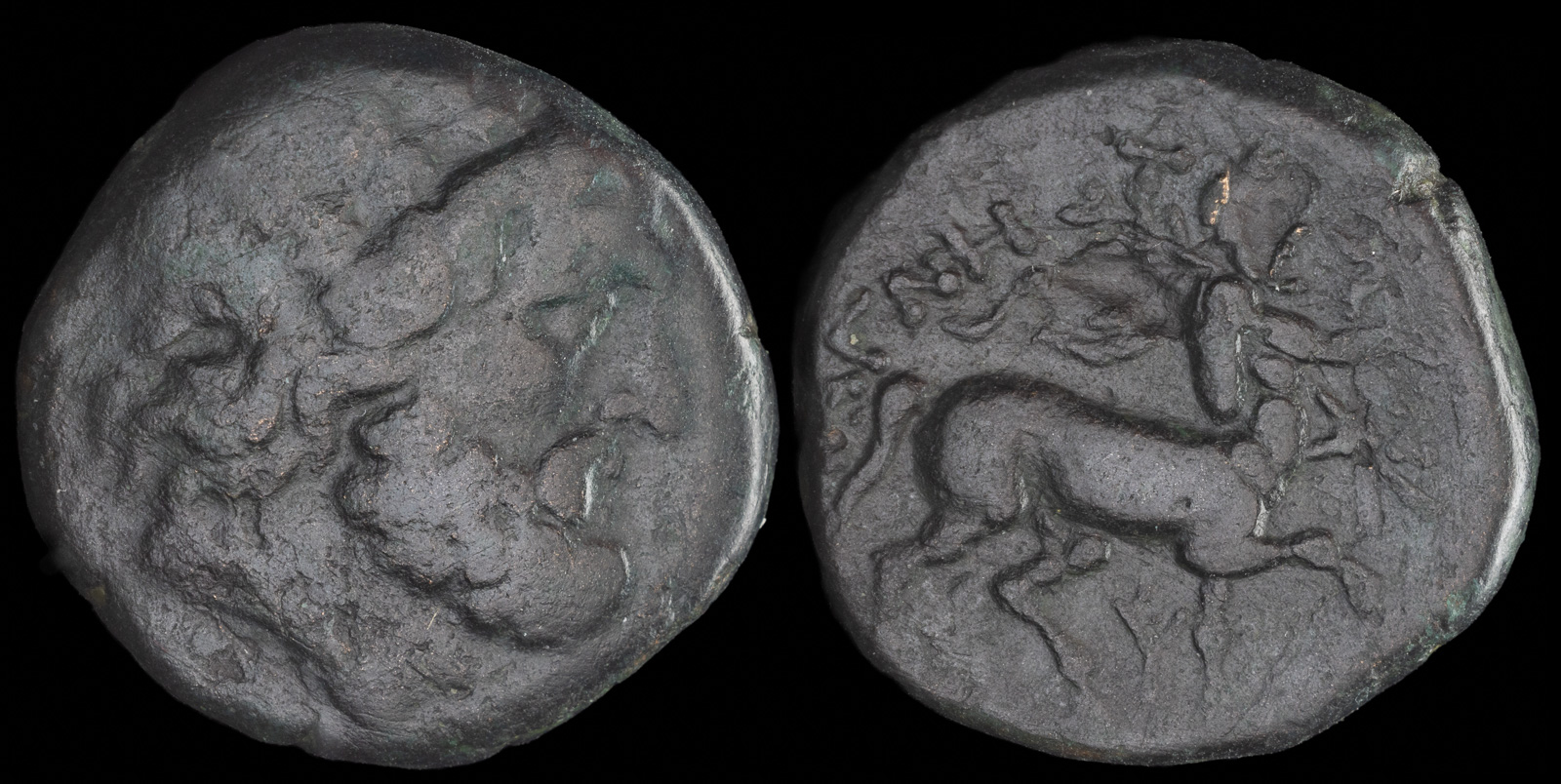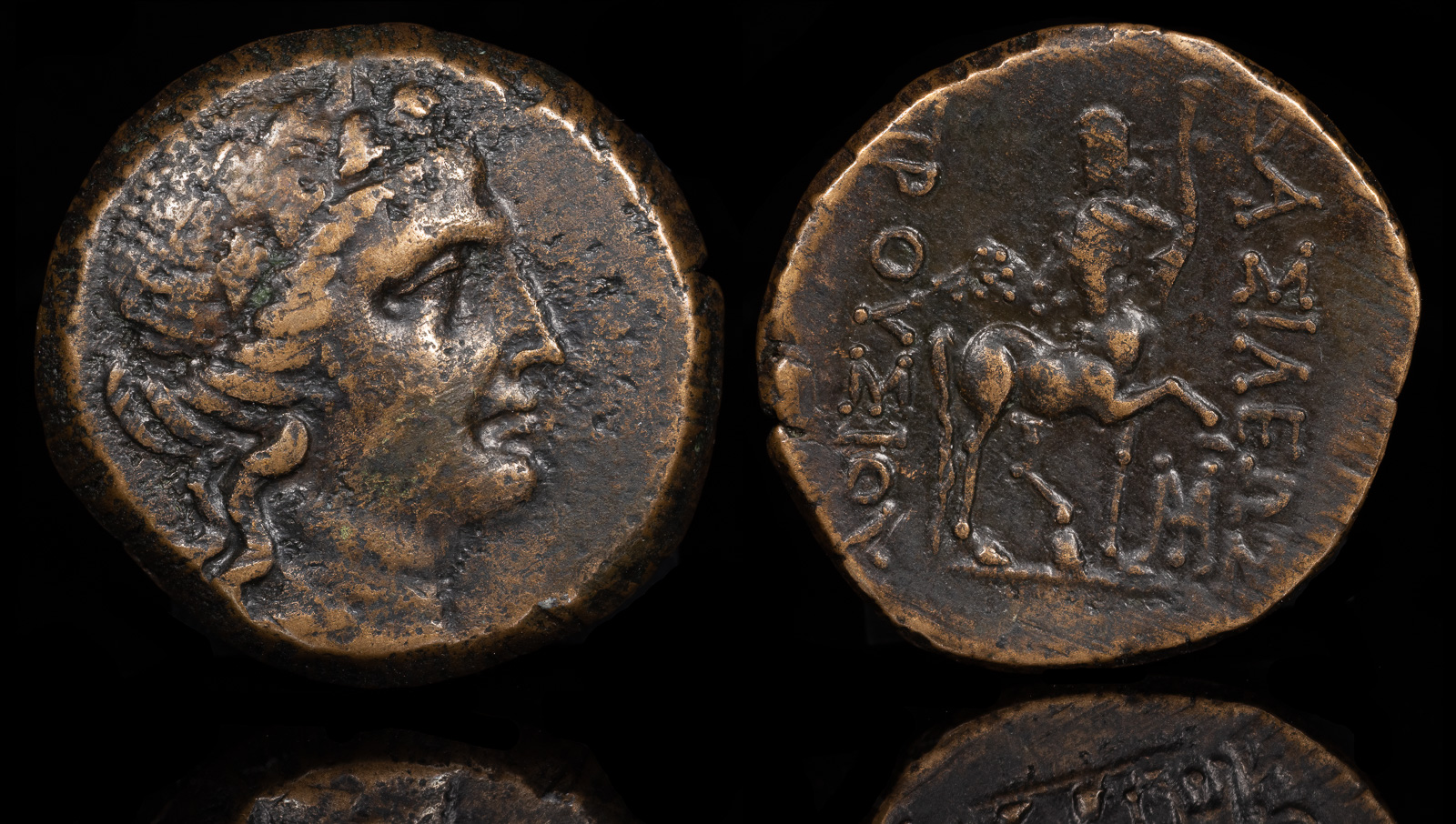Centaur
View All Tags
In Greek mythology, centaurs are typically portrayed as wild and aggressive, with many stories depicting them as troublesome and destructive forces. One of the most famous myths involving centaurs is the battle of the Lapiths and centaurs. At the wedding of Pirithous and Hippodamia, the centaurs, who were invited guests, became intoxicated and attempted to abduct the bride and other women at the wedding. This conflict, known as the Centauromachy, is a central theme in many Greek works of art, including the famous frieze on the Parthenon in Athens. The battle symbolizes the struggle between the civilized and the barbaric, with the Lapiths representing order and civilization and the centaurs symbolizing chaos and primal instincts.
However, not all depictions of centaurs are negative. While many centaurs were portrayed as unruly and dangerous, others were shown as more cultured and wise. A notable example is Chiron, one of the most famous centaurs in Greek mythology. Unlike other centaurs, who were often characterized by their wild nature, Chiron was known for his wisdom, kindness, and healing abilities. He became the tutor of many great Greek heroes, including Achilles, Asclepius, and Heracles. Chiron’s peaceful and noble nature contrasts sharply with the unruly characteristics of other centaurs, and he serves as a symbol of the potential for balance between human reason and animal instincts.
Centaurs also had a significant role in Greek art and literature. They appeared in many early works of Greek pottery, where they were often depicted as a symbol of the untamed forces of nature and the conflict between civilization and barbarism. In later Greek literature, they continued to be depicted as figures of strength and primal energy, often representing the tension between the civilized world of the Greeks and the untamed forces beyond their borders. The centaur was both a symbol of wildness and a figure that could, in certain contexts, embody wisdom and guidance, depending on the myth or story.

Thessaly, Magnetes
2nd century BCE
Æ Trichalkon 20mm, 8.86g, 6h
Laureate head of Zeus r.
R/ The centaur Chiron advancing r., holding branch over his l. shoulder, his r. arm raised.
BCD Thessaly 419; HGC 4, 66

Kings of Bithynia. Prusias II
AE Unit 20.5mm 6.41g 12h
c. 180-150 BCE
Laffaille430 var. – Cop.- – Aulock6886 var. – RG.26 – BMC.- – HGCS. 7/629
0avers : Buste imberbe, juvénile et drapé de Dionysos (Bacchus) à droite, couronné de feuilles de vigne.
0revers : Le Centaure Chiron à droite, la tête de face, jouant de la lyre, sa tunique flottant derrière.